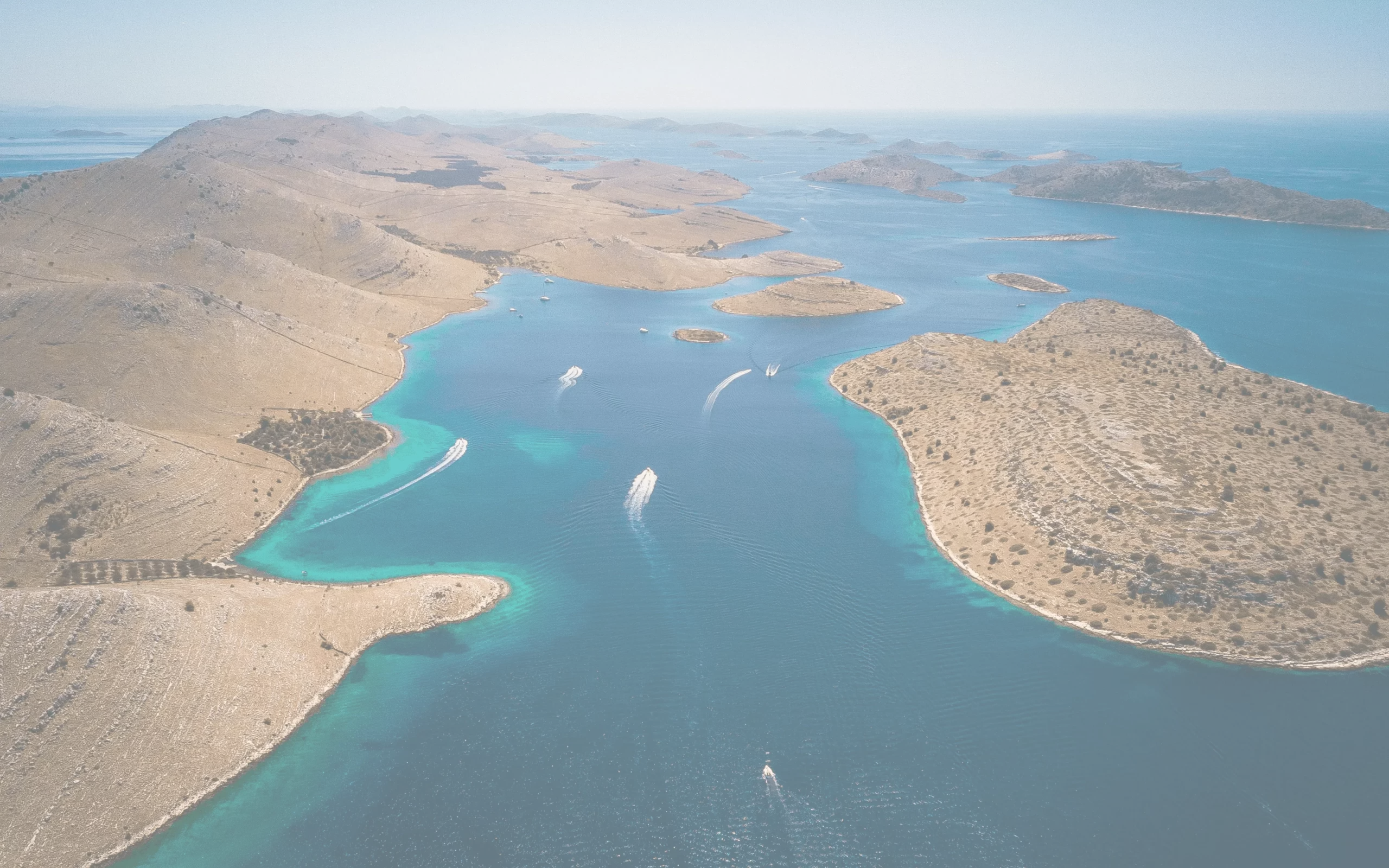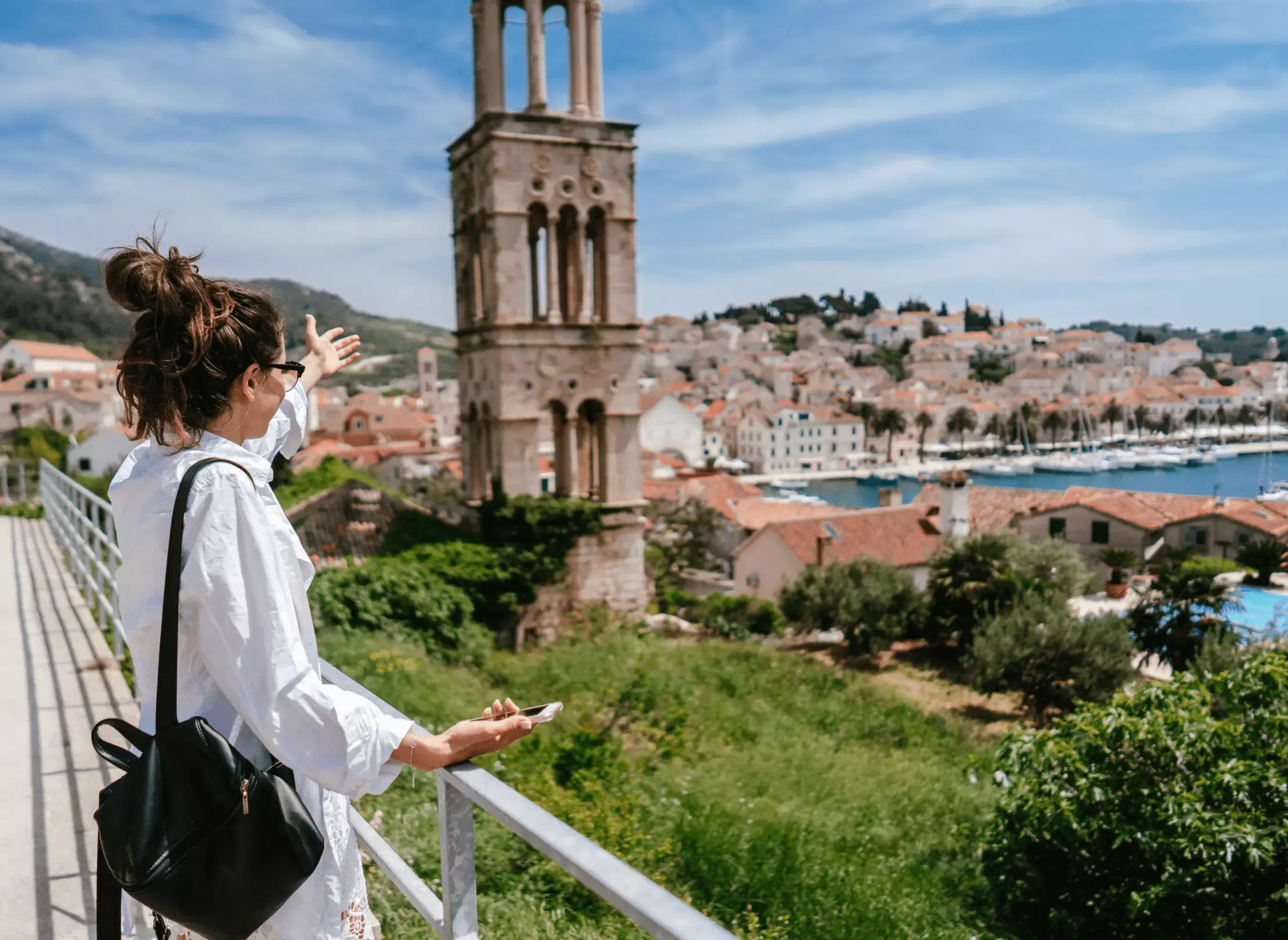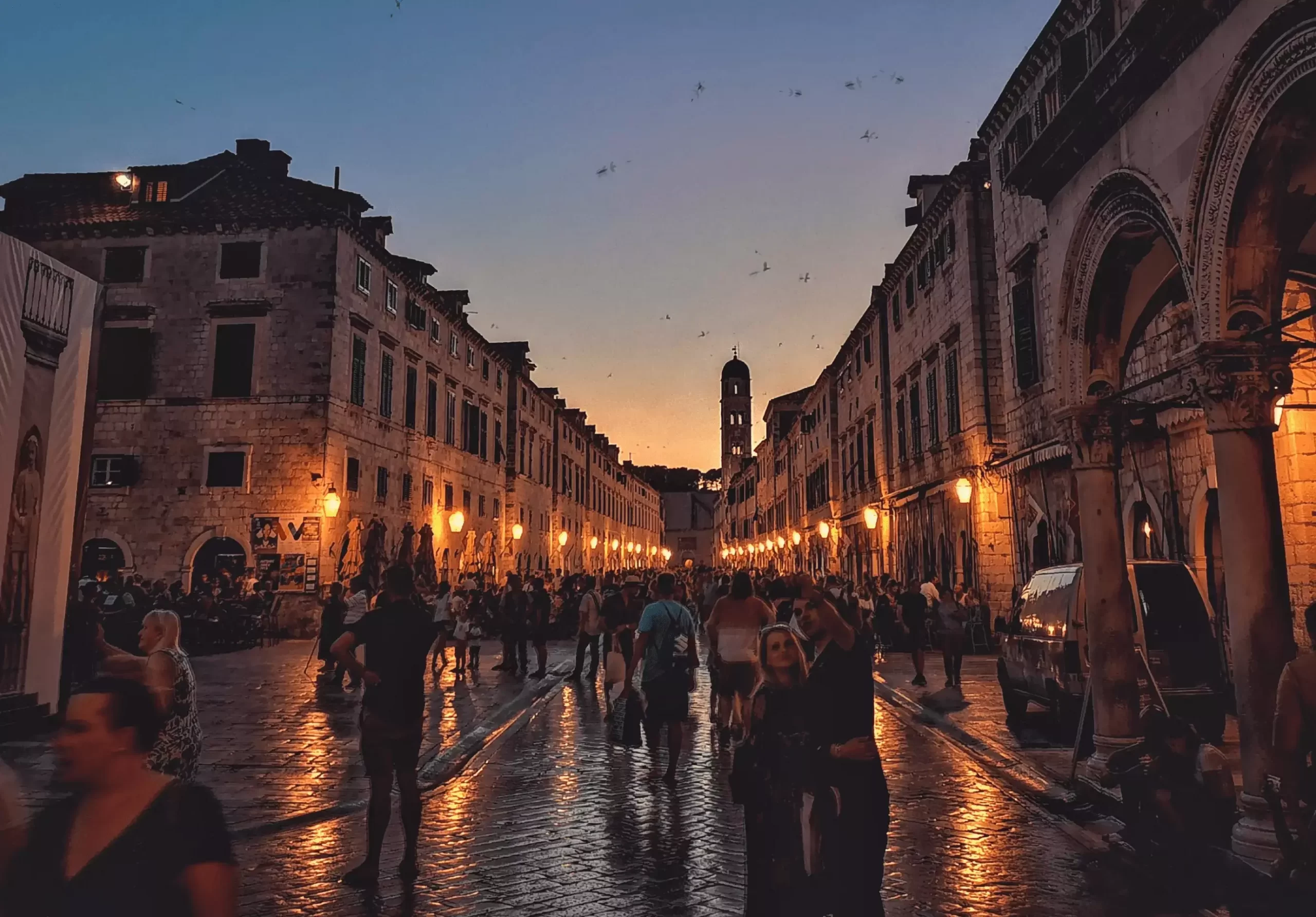


Precariously poised between the Balkans and central Europe, this land has been passed between competing kingdoms, empires and republics for millennia. If there's an upside to this continual dislocation, it's in the rich cultural legacy that each has left behind. Venetian palaces snuggle up to Napoleonic forts, Roman columns protrude from early Slavic churches, and Viennese mansions face-off with Socialist Realist sculpture. Excellent museums showcase treasures that cover the gamut of European history, from prehistoric to post-communist, telling a story that is equal parts fascinating and horrifying.
Exploring and discovering the top historic attractions in Croatia, visiting one of many coastal centuries-old harbor towns with Roman-era stone buildings and defensive walls is also one part of your vacation. Visit Dubrovnik and know more about the Town Walls and the rich history of this small but very influential republic.
Serving the classic Dalmatian cocktail of historic towns, jewel-like waters, rugged limestone mountains, sun-kissed islands, gorgeous climate and Mediterranean cuisine, this region is a holidaymaker's dream. Yet it's the cities and islands further south that hog all the limelight, leaving Northern Dalmatia, if not quite undiscovered, then certainly less overrun. With Alfa Mario yacht you can sail between unpopulated islands without a shred of development, lost in dreams of the Mediterranean of old, while hikers can wander lonely trails where bears and wolves still dwell and explore three of Croatia's most impressive national parks, which shelter in the hinterland


Croatia is land with over 1000 islands and over 4,500 kilometers of coastline in total. Croatia itinerary takes you to admirable Croatian islands and the Croatian coast filled with unspoiled coves and bays which conveniently are rounded by crystal clear turquoise waters of the Adriatic sea. Unspoiled nature and beauty of Croatia are well represented by two strict reserves and eleven nature parks and eight national parks: Brijuni, Kornati, Plitvice Lakes, Risnjak, Mljet, Krka and Northern Velebit national park whose pristine natural beauty takes over 8% of the entire country.
Croatia has been a major tourist destination in Europe since the mid-19th century, and one of the biggest reasons for Croatia being such a popular destination is the gorgeous coastline along the Adriatic Sea. Find out and explore the most gorgeous slices of Croatian coast and islands with Alfa Mario boat where you can discover the most beautiful beaches and vacation spots complemented with mesmerizing and picturesque landscapes of the Dalmatian coast.
Spread along the sparkling blue Adriatic Sea, Croatia constantly claws at travelers’ wanderlust with its pebbly coves, rolling green hills and historic yet vibrant cities, which play host to festivals and events throughout the year. Croatia’s high season in July and August offers guaranteed sun but also guaranteed crowds, due, in part, to European schools being on summer break. Shoulder season is a great time to visit the coast: the Adriatic is warm enough for swimming, the crowds are sparser and prices are lower. In spring and early summer, the maestral (strong, steady westerly wind) makes for great sailing.

According to the European Environmental Agency, Croatia's beaches have the second cleanest waters in Europe. So Croatia's beaches are just one of the reasons why you should visit this beautiful country. These stunning azure waters come with a mild Mediterranean climate, nautical adventure sports, towns with a rich and diverse history, and delicious gourmet food that has been declared the one of the healthiest in the world. The first thing that strikes you is the remarkable clarity of the water. When it's set against a dazzling white pebbly beach, the water sparkles with a jewel-like intensity in shades of emerald and sapphire. There are long sandy and shingly stretches too. It would be an exaggeration to say that there’s something for everyone – surfers should look elsewhere – but most people will find a beach in Croatia to suit their holiday needs.

While it appears on every “thing to do in Croatia” list, visiting the Old Town of Dubrovnik is one of the top Croatia activities, and for good reason. The city of Dubrovnik is simply stunning – there are so many museums, alleyways, and restaurants to check out, and there is so much history here to uncover. The buildings in the old city are made of white limestone that shines bright against the terracotta roofs of the Old Town and the deep blue of the Adriatic Sea below.
Medieval Dubrovnik, known as the “Pearl of the Adriatic,” has become one of the world’s top destinations. Its walled Old City is a UNESCO World Heritage Site, filled with magnificent architectural wonders and marble-paved streets. Visitors can marvel at buildings like the 15th-century Rector’s Palace and explore the remarkable Franciscan monastery complex which holds one of Europe’s oldest pharmacies, founded in 1317. It’s also possible to walk atop the ancient city walls, enjoying a few of the Adriatic and nearby islands on one side, and the red-tiled roofs of the historic center on the other.
Despite being relentlessly shelled in the 1990s during Croatia’s Homeland War, its mighty walls, sturdy towers, medieval monasteries, baroque churches, graceful squares and fascinating residential quarters all look magnificent again. For an unrivaled perspective of this Adriatic pearl, take the cable car up Srđ, the city's craggy backdrop. For a more intimate glimpse, circle the city walls and peer into hidden gardens and ancient lanes strung with laundry.